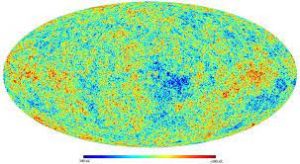Background Radiation:

Background radiation refers to the radiation emitted from natural sources such as rocks or mountains.
- A recent study conducted by scientists at the Bhabha Atomic Research Centre (BARC) found that certain areas in Kerala are experiencing nearly three times more background radiation than previously assumed.
- The study is significant, as it sheds light on the natural radiation levels in India, which has important implications for the country’s nuclear energy plans.
- The study conducted by BARC scientists measured radiation levels from nearly 100,000 locations across India.
- The study found that the average natural background levels of gamma radiation in India were 94 nGy/hr.
- However, in Kollam district, the levels were found to be 9,562 nGy/hr, which is about three times more than the assumed levels.
- The higher radiation levels in Kollam, a district in Kerala, are attributed to the presence of monazite sands that are high in thorium, a natural radioactive element.
- Thorium is a common radioactive element that is found in small amounts in soil, rocks, and water.




